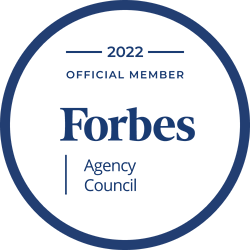Best Practices For Culture Marketing Following Mergers And Acquisitions

This blog post is written by Kathy Floam-Greenspan and appears on the Forbes Agency Council. You can read the full post here.
Mergers and acquisitions have been occurring at a rapid pace for the past several years, setting records as companies look to generate value, acquire new technologies or unlock market access.
Despite their prominence and popularity, many M&As fail to achieve their desired outcome. According to one study, only 17% of the mergers studied had added value, 30% made “no discernible difference,” and a shocking 53% actually diminished value.
While M&As miss the mark for many reasons, a recent Deloitte report found that culture was the cause of 30% of failed integrations. Consequently, business leaders need to consider cultural impact alongside other factors to help ensure that the M&A process produces the intended outcome.
What Is Company Culture?
Unlike many business elements, company culture can be difficult to define and even more challenging to measure. In general, company culture is a nebulous combination of shared values, priorities, goals, attitudes and norms. In other words, a company is defined by what it produces, but company culture is derived from how that outcome is accomplished.
It’s vitally important to employees. In a Glassdoor survey, more than half of respondents indicated that company culture was more important than salary, and 77% evaluate a company’s culture before applying for a job.
With employees valuing company culture so highly, it’s obvious that disrupting (or destroying) an established culture with a merger or acquisition can be detrimental to an organization’s long-term success.
Best Practices For Culture Marketing Post-M&A
Following best practices for culture marketing post-M&A can help leaders alleviate employees’ concerns while cultivating a more dynamic, sustainable and supportive culture moving forward. Based on our agency’s experience in helping clients with their M&A marketing efforts, here are some of the best practices we’ve found to be effective time and time again:



